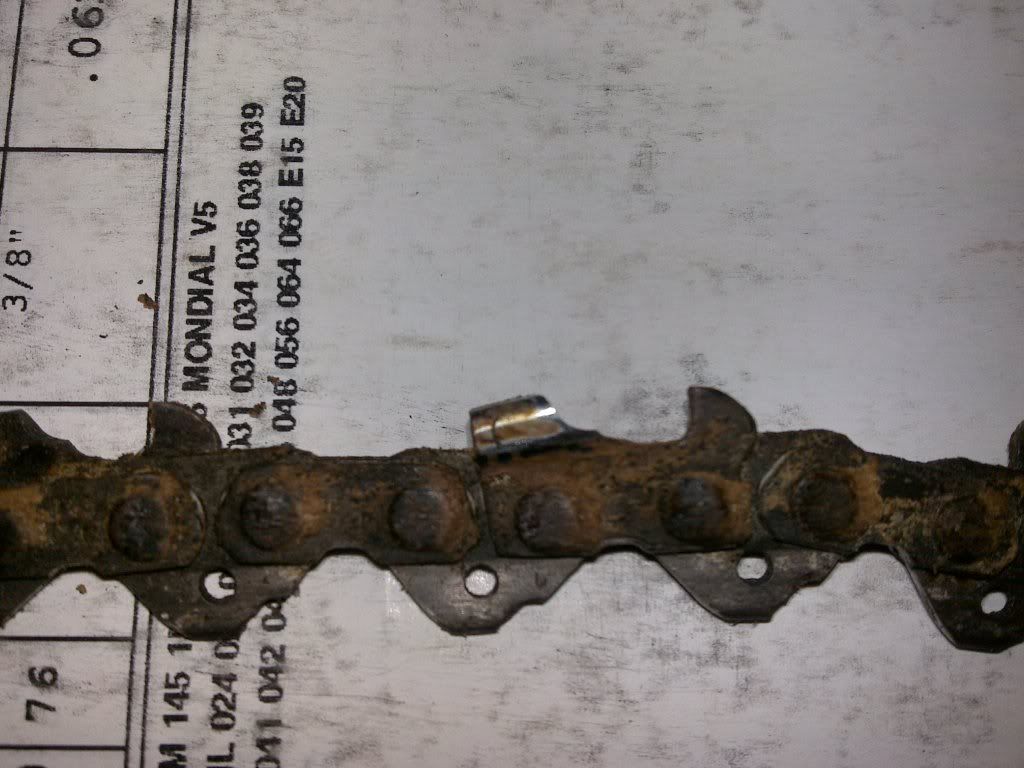I've been cutting down trees and cutting up firewood most of my adult life, heated with firewood now for over 29 years, and currently manage 200 acres of woods. Currently we have close to a dozen chainsaws in the arsenal, with several different types/styles of chains on them.
I have never owned a chain grinder, or even wanted one. IMHO, it really doesn't matter whether you own one or not, take the time and learn how to correctly sharpen a chain. It is a skill that you will always use, and it will save time and money.
Each time I go to the woods, I take along at least 5 saws, with razor sharp chains, fueled, serviced and ready to go. I'll cut with them until they get dull or run out of fuel, then get another one. It's pretty rare these days if I sharpen one in the field, but on occassion it becomes necessary. I always "touch up" the chains at each time the saws are fueled up, and after every outing or at least before they are used again.
I've found that keeping the chain razor sharp at all times gets more work done on less fuel, in less time, and is a LOT easier on the saw.
You can do just as good a job as a machine, and remove a lot less material from the cutting tooth, as most often the chain just needs "touched up", not ground back into shape. Grinders eat up a lot more of the cutting tooth than I'm confortable with. The chains on my saws last for several years, and they are used frequently. Several folks I associate with that cut wood carry their chains to a shop to be ground, and one owns a grinder. They don't get very many outings from their ground chains, a lot of which I'm sure is due to the person grinding the chains not removing the minimal amount of material to get an edge back on the teeth.
WAY back when I first started cutting I used a file guide, then at about the 10 year mark started filing them by hand. The file guide will keep you honest, and can also be used like a grinder to true up the chain after several sharpenings by hand without a guide. Even so, I don't use it at all these days, everything is done by hand and I can sharpen a chain in about a minute and not even have to remove it from the saw......Cliff





